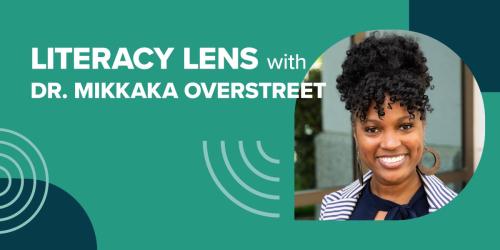Developing the Strengths of Students with Dyslexia: Six Teaching Strategies

Many people think dyslexia is a vision problem that causes readers to see letters in reverse.
This is not the case.
When people are able to read quickly and effortlessly, their brains process the basic sound elements (phonemes) that come together as letters (graphemes) in words that ultimately make up written language.
People with dyslexia have difficulty translating letters into their corresponding sounds. As a result, correctly identifying words on a page is a challenge—which impacts a student’s ability to read and write.
However, as Dr. Sally Shaywitz of The Yale Center for Dyslexia & Creativity says, “Dyslexia is an island of weakness in a sea of strengths.”
Unfortunately, even though students with dyslexia usually have average or above-average intelligence, school staff members sometimes consider them less intelligent than their peers. This becomes obvious as early as first grade when other students are learning to “crack the code,” and students with dyslexia may still be struggling to match letters and sounds.
In addition, students with dyslexia are often forced to focus on tasks they are unable to do well. For example, teachers often have bad spellers work extra hard on spelling, but the reality is they might never become good spellers and should focus on developing other strengths.
It’s important for teachers to look at students with dyslexia holistically. With that in mind, here are six applicable teaching strategies:
Incorporate Multisensory Learning into Your Practice
Kinesthetic learning, such as using wood or plastic letters or writing symbols in the air, can help young learners link sounds to symbols and build their awareness of written language. Teachers at all levels can help students by including elements of tactile learning in their instruction.
Be Accommodating
Although it might take one student 30 minutes to take a test, it might take a student with dyslexia two hours. Again, this is not due to a lack of intelligence. Rather, it takes students with dyslexia longer to read, and they need extra time for an equitable chance for success.
Read to Students
While dyslexic students may struggle to read independently, they benefit greatly from someone reading to them. While they may be reading below grade level on their own, their listening comprehension is usually equal to or above that of their peers.
Use Graphic Organizers, Skeleton Outlines, Note-taking Prompts and Concept Maps
Provide opportunities for students to write text into outlines, charts and other visual elements. This gives students a way to process information and concepts beyond the written word.
Skeleton outlines provide a template that consists of keywords and phrases students can incorporate into a piece of writing. For students with dyslexia, skeleton outlines can serve as a prompt to help them start writing.
Note-taking prompts that include essential questions are a way for students to organize their thoughts, and concept maps are visual representations posted for students to refer to when reading or writing.
Provide Audio-based Reading Alternatives
Find out whether audiobook versions of classrooms texts are available and explore apps that read aloud texts from websites.
Find Strategies that Work for Your Specific Classroom Context
One good place to start is the International Dyslexia Association’s website, which includes areas for people with dyslexia, professionals and families, as well as fact sheets, videos and publications. Another good resource is the University of Michigan’s “Strategies for Teachers” webpage.
Remember: Students with dyslexia are bright—they just need more time to complete tasks that involve reading.



